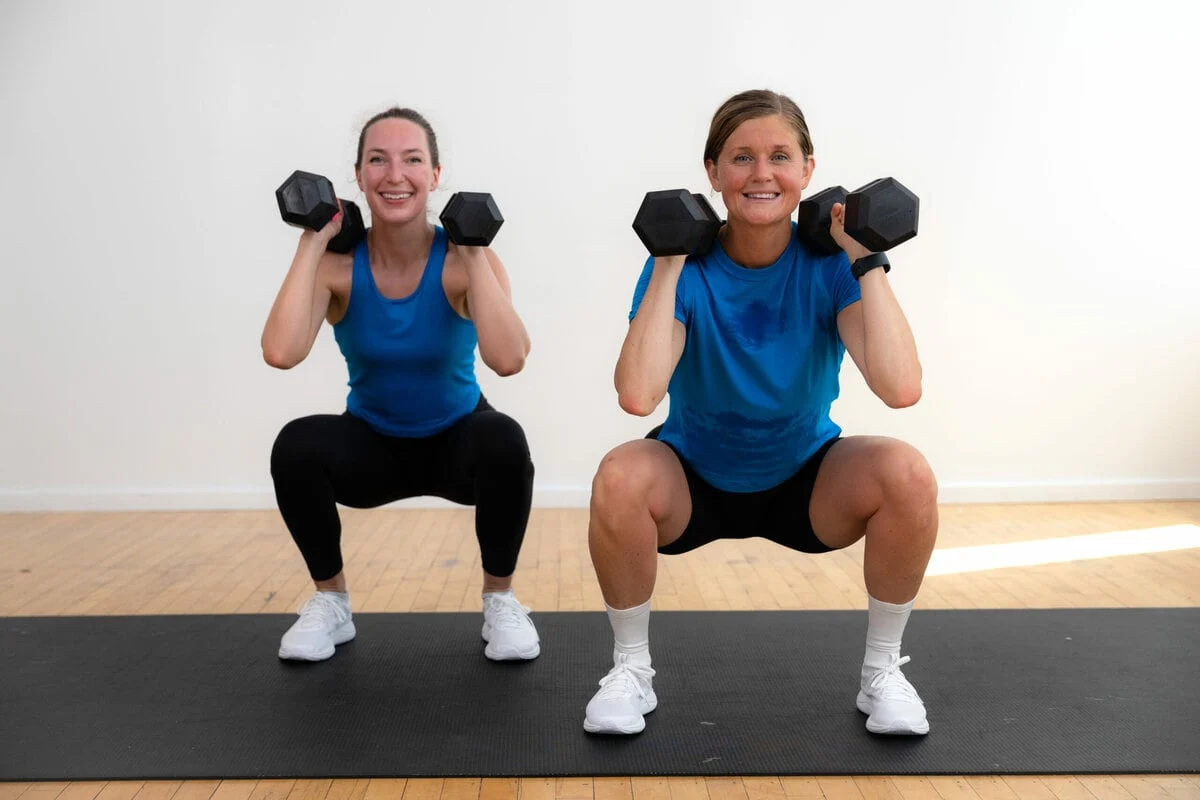Back
Can I Lift Weights with Diastasis Recti?
By Dr. Christine Martirez PT, DPT on 8/14/2024

Lifting weights is a powerful way to build strength and improve overall fitness, but for those with diastasis recti, it's essential to approach lifting with caution and knowledge. Diastasis recti is a condition that can affect the integrity of the abdominal wall, making it crucial to lift safely to prevent further injury and promote healing. In this blog post, we’ll explore what diastasis recti is, the anatomy involved, who is most prone to this condition, and how pelvic floor physical therapists can guide individuals with diastasis recti in lifting safely.
What Is Diastasis Recti?
Diastasis recti is a separation of the rectus abdominis muscles, commonly known as the "six-pack" muscles, along the midline of the abdomen. This separation occurs at the linea alba, a connective tissue that runs from the sternum to the pubic bone. When the linea alba stretches and weakens, it can no longer hold the rectus abdominis muscles together, resulting in a visible gap or bulge along the midline, especially when the abdominal muscles are engaged.
Anatomy of Diastasis Recti
To understand diastasis recti, it's important to grasp the anatomy of the abdominal muscles involved:
Rectus Abdominis:
These are the vertical muscles that run along the front of the abdomen, known for creating the "six-pack" appearance. They are responsible for flexing the spine and stabilizing the trunk.
Linea Alba:
A fibrous band of connective tissue that connects the two sides of the rectus abdominis muscles. It runs from the sternum to the pubic bone and plays a crucial role in maintaining the integrity of the abdominal wall.
Transverse Abdominis:
The deepest layer of the abdominal muscles, wrapping around the torso like a corset. The transverse abdominis helps compress the abdominal contents, stabilize the spine, and support the linea alba.
Internal and External Obliques:
These muscles run diagonally along the sides of the abdomen, contributing to trunk rotation, lateral flexion, and overall core stability.
Populations Prone to Diastasis Recti
Diastasis recti is most commonly associated with the following populations:
Pregnant and Postpartum Women:
During pregnancy, the growing uterus exerts pressure on the abdominal wall, causing the linea alba to stretch and separate. Hormonal changes that soften connective tissues also contribute to this condition. Postpartum women may continue to experience diastasis recti as the abdominal muscles struggle to come back together after childbirth.
Individuals Who Are Overweight:
Excess weight, particularly around the abdomen, increases pressure on the abdominal wall, leading to a higher risk of developing diastasis recti. This can happen in both men and women, and the condition may persist or worsen without proper intervention.
People with Hypermobile Joints:
Individuals with hypermobility (looser joints and connective tissues) are more susceptible to diastasis recti due to the inherent laxity in their connective tissues. This makes it easier for the linea alba to stretch and separate.
How Pelvic Floor Therapists Can Help You Lift Safely with Diastasis Recti
Lifting weights with diastasis recti requires careful attention to technique, pressure management, and core engagement. Pelvic floor physical therapists are specially trained to guide individuals with diastasis recti in lifting safely and effectively, helping them rebuild strength without exacerbating the condition.
1. Proper Pressure Management:
One of the key concerns with lifting weights when you have diastasis recti is managing intra-abdominal pressure. Improper lifting techniques or excessive pressure on the abdominal wall can worsen the separation. Pelvic floor therapists teach you how to lift in a way that minimizes unnecessary pressure on the linea alba. This may involve using breathing techniques, such as exhaling during the exertion phase of a lift, to reduce intra-abdominal pressure.
2. Training the Deep Abdominals (Transverse Abdominis):
The transverse abdominis plays a critical role in supporting the abdominal wall and reducing the separation of the rectus abdominis muscles. Pelvic floor therapists focus on activating and strengthening the transverse abdominis through targeted exercises. These exercises help create a stable and supportive core, allowing you to lift weights safely while minimizing strain on the linea alba.
3. Guidance with Proper Load Management:
Pelvic floor therapists will help you gradually progress your lifting routine, ensuring that the load and intensity are appropriate for your current level of core strength and diastasis recti condition. They can modify exercises, provide alternative movements, and recommend adjustments to your routine to prevent further damage and promote healing.
4. Postural Education:
Good posture plays a significant role in managing diastasis recti and preventing additional strain on the abdominal wall. Pelvic floor therapists will assess your posture and provide corrective exercises to align your spine and pelvis, reducing the risk of exacerbating the condition during lifting.
5. Holistic Approach:
Pelvic floor physical therapy takes a holistic approach, addressing not only the diastasis recti but also any related issues, such as pelvic floor dysfunction, back pain, or breathing difficulties. This comprehensive care ensures that you are well-supported throughout your recovery journey.
Diastasis recti is a common condition that affects many people, particularly pregnant and postpartum women, those who are overweight, and individuals with hypermobility. While lifting weights can be beneficial for building strength, it’s crucial to approach it with care if you have diastasis recti. Pelvic floor physical therapists provide invaluable guidance in managing intra-abdominal pressure, training the deep abdominals, and ensuring proper load management, allowing you to lift safely and effectively. If you have diastasis recti and are interested in strength training, consult one of our pelvic floor physical therapists to develop a personalized plan that supports your recovery and fitness goals.
Read More:
How Chronic Pelvic Congestion in Men Contributes to Prostatitis By Shannon Strauch, PTA, STMT-1 on 12/11/2024 How lymphatic issues can cause symptoms of prostatitis Prostatitis and Tight Pelvic Floor Muscles: A Comprehensive Guide By Shannon Strauch, PTA, STMT-1 on 12/10/2024 How a tight pelvic floor can be the reason for prostatitis symptoms
Are you ready to live pain free?
Request An Appointment